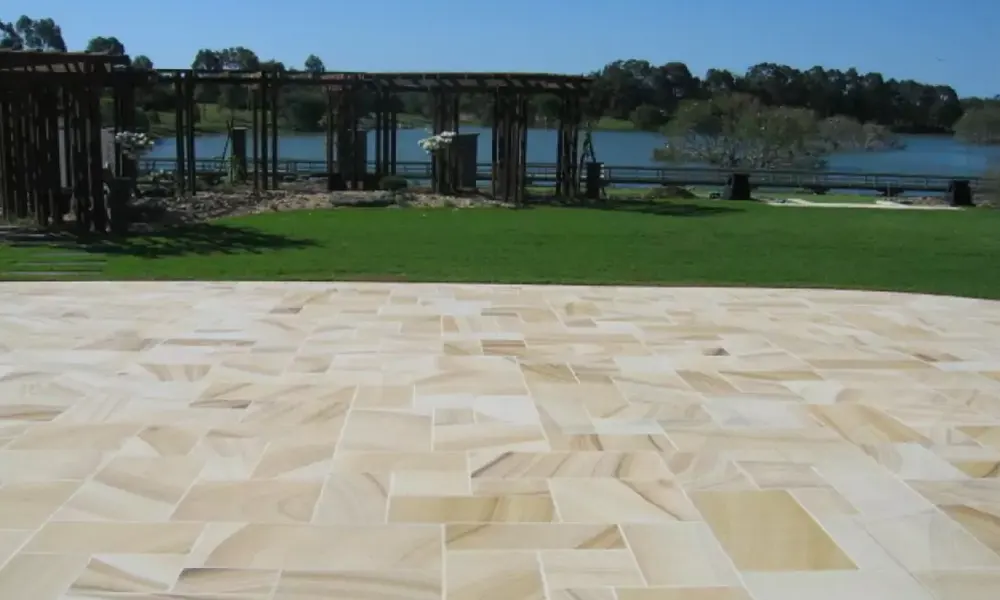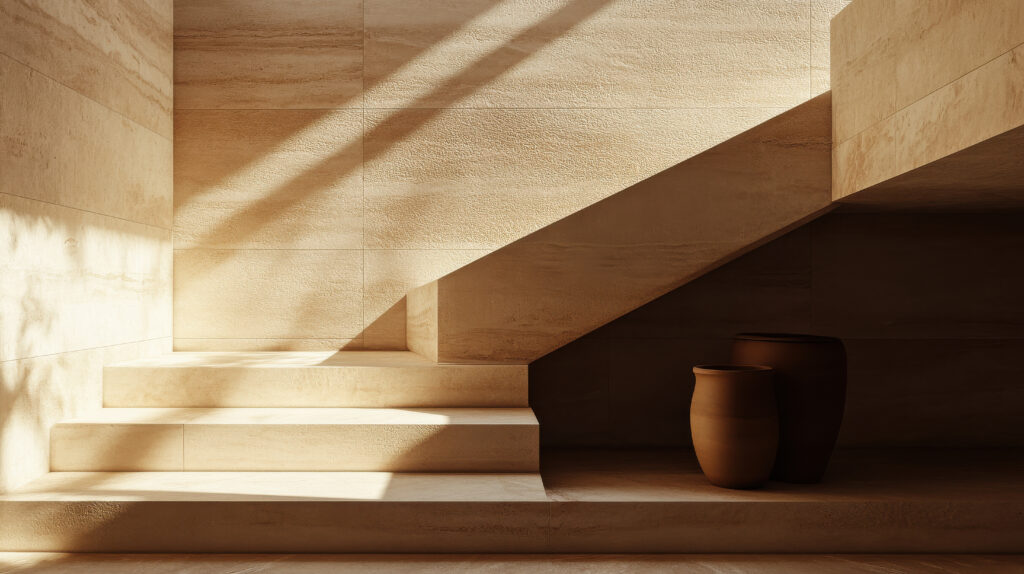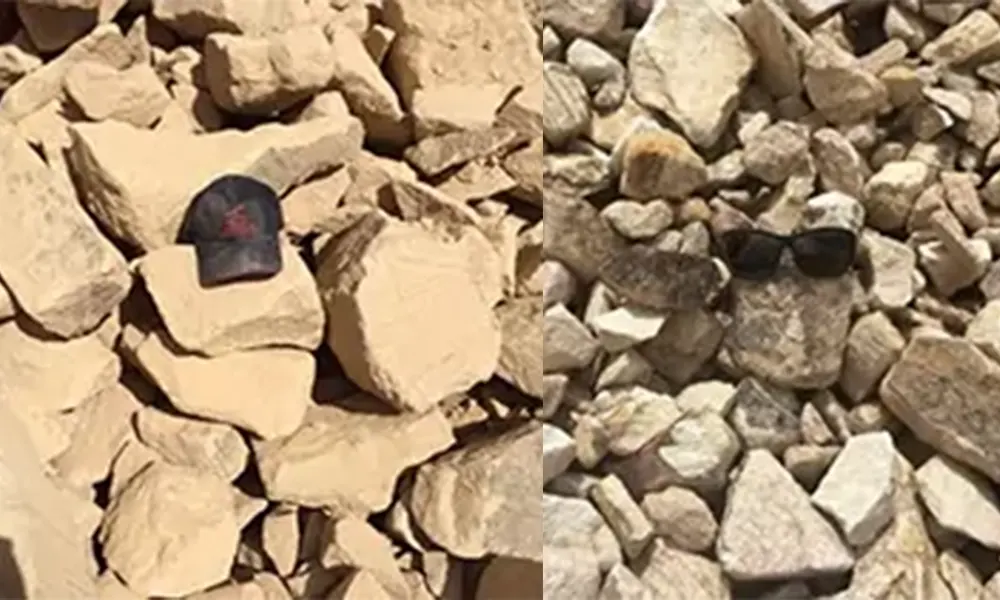When it comes to enhancing your outdoor spaces, nothing beats the timeless beauty and durability of sandstone. Whether you’re working on a landscaping project, looking to upgrade your garden, or in need of sandstone for commercial use, finding the right sandstone supply is crucial. In this blog, we’ll dive into everything you need to know about sourcing high-quality sandstone products and why choosing the right supplier matters. Let’s explore how to unlock the best sandstone supply for your outdoor needs.
How to Identify the Best Sandstone Supply for Your Needs
Choosing the right sandstone for your project goes beyond aesthetics. You need a supplier who offers quality products suited to your specific requirements. Start by considering the intended use of your sandstone. For landscaping, you’ll want premium sandstone that complements your garden design, offering both visual appeal and functionality. For commercial projects or larger outdoor constructions, bulk sandstone supply might be more appropriate, ensuring you get the quantity needed without compromising quality.
Look for a reliable sandstone supplier with a proven track record of delivering quality sandstone products for landscaping and construction. A great supplier will offer a variety of sandstone options, from sandstone stepping stones to sandstone cladding, allowing you to choose the best material for your unique needs.
The Importance of Sourcing High-Quality Sandstone for Landscaping
Landscaping projects require materials that combine beauty with functionality, and premium sandstone for landscaping offers both. This natural stone is highly durable, making it an excellent choice for outdoor spaces exposed to the elements. Whether you’re designing a garden, creating outdoor paths, or building a feature wall, high-quality sandstone ensures your project withstands the test of time.
Sandstone is resistant to weathering, erosion, and fading, which means it won’t crack or lose its vibrant colour over time, even in harsh weather conditions. It is especially suited for outdoor projects, where materials face constant exposure to sun, rain, and other elements. The stone’s ability to hold up against these forces makes it ideal for both small-scale and large commercial landscaping projects.
Not only is sandstone durable, but it also adds natural beauty to your space. From sandstone for garden design to creating sophisticated outdoor paths, the stone’s warm hues and texture enhance the overall aesthetic of any landscape. As it ages, sandstone develops a unique patina, adding character and charm to your outdoor areas.
Plus, top-notch sandstone is super low maintenance. Unlike synthetic stuff that constantly needs resealing or patching up, quality sandstone pretty much takes care of itself. A quick clean now and then is all it needs to keep looking great. So when you invest in premium sandstone for construction, you’re not just choosing style—you’re saving yourself time and hassle down the track. It’s a smart, long-lasting option that’ll keep your outdoor space looking schmick for years to come.
Understanding the Different Grades of Sandstone Supply
Not all sandstone is created equal, and understanding the different grades can help you make an informed choice for your landscaping or construction needs. Sandstone comes in a variety of grades, each suited to different purposes. Some grades are softer, ideal for decorative purposes, while others are tougher and more durable, making them perfect for sandstone for commercial use or areas with high traffic. Here’s what you need to know when selecting the right grade for your project:
- Premium Sandstone: Known as sandstone for construction, this grade is the highest quality. It offers consistent colour, fewer imperfections, and superior strength. Ideal for high-demand applications like sandstone cladding and commercial use, premium landscaping sandstone is durable and visually appealing, with options like rockface split sandstone for a rough, natural texture.
- Decorative Sandstone: Softer grades are suited for decorative uses, such as garden design or sandstone stepping stones. These grades have more imperfections and a rustic charm but aren’t as durable, making them less suitable for high-traffic areas.
- Sandstone for High-Traffic Areas: For projects like pathways or patios, select a tougher grade. These sandstone grades are more resistant to wear and tear, ensuring long-lasting durability, particularly for areas with heavy foot traffic.
When sourcing your sandstone, always ask your supplier about the specific grade they offer, as this will affect both the longevity and appearance of your project. Understanding these differences ensures you select the right material that fits your needs—whether it’s for aesthetic purposes or a more demanding application.
What to Look for in a Sandstone Supplier
Finding the right natural stone supplier is essential to ensuring you get quality products and reliable service. Here are a few things to look out for:
- Reputation: A trustworthy supplier should have a good reputation within the industry and positive customer reviews. Check their website and social media for testimonials and examples of past projects.
- Range of Products: A supplier who offers a wide range of sandstone products for landscaping and construction gives you the flexibility to choose the best fit for your project.
- Delivery Services: Ensure the supplier offers sandstone delivery services that can accommodate the size and location of your order. Whether you need bulk sandstone supply or a small quantity for your project, timely and reliable delivery is essential.
- Custom Solutions: Some projects require bespoke products. If you need specific sizes or finishes, look for a supplier who offers custom sandstone solutions.
Top Uses for Sandstone in Outdoor Projects
If you’re planning to give your outdoor space a bit of character and charm, sandstone is a top choice that ticks all the boxes—natural, durable, and downright beautiful. Here are some popular ways Aussies are using sandstone in their outdoor projects:
- Sandstone Paving
Thinking about a new patio, path, or courtyard? Sandstone paving is a classic. Its natural tones blend seamlessly with gardens and outdoor spaces, whether you’re in the bush or the suburbs. Plus, it handles the Aussie weather like a champ—hot sun, heavy rain, you name it. - Retaining Walls & Garden Edges
Building a raised garden bed or terraced yard? Sandstone blocks make for strong, good-looking retaining walls. They’re ideal for sloped properties or for breaking up your garden into sections. The natural look adds warmth and a bit of rustic flair without feeling too formal. - Stepping Stones
Want to create a winding path through your garden? Sandstone stepping stones are a practical and stylish choice. They give your space a relaxed, organic vibe and work well with lawns, gravel, or mulch. Great for leading the way from the back door to your veggie patch or fire pit. - Sandstone Cladding
For a feature wall or to give your outdoor kitchen or fence some texture, sandstone cladding is a standout. Rockface split sandstone, for instance, adds depth and a rugged charm that feels right at home in both modern and traditional settings.
No matter the size or style of your project, sandstone’s natural durability and timeless look make it a reliable go-to for outdoor construction across Australia.
Why Elite Sandstone is Your Go-To Supplier for Premium Sandstone
When it comes to sourcing premium sandstone products, Elite Sandstone stands out as a reliable and trusted sandstone supplier. With years of experience in delivering high-quality sandstone for landscaping and sandstone for outdoor projects, Elite Sandstone offers a wide range of options to suit both residential and commercial needs.
From sandstone cladding to sandstone for garden design, their team ensures that each product meets the highest standards of quality. Plus, with affordable sandstone supply options and excellent customer service, you can trust them to meet all your outdoor project needs.
In conclusion, sourcing the right sandstone supply can transform your outdoor spaces, whether you’re designing a tranquil garden or a functional commercial landscape. By partnering with a reliable sandstone supplier, you’re guaranteed to get top-notch products that will stand the test of time and make your project a success.
Ready to get started? Explore our range of premium sandstone products and sandstone delivery services at QLD Sandstone. For more detailed inquiries, don’t hesitate to reach out through our contact page.


